1. Chemistry Sets
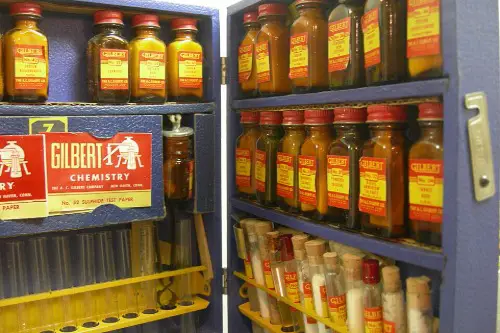
Vintage chemistry sets from the mid-20th century came packed with real, reactive chemicals—sometimes even radioactive ones. Think potassium permanganate, sulfur, and a generous helping of “what could go wrong?” Modern kits are mostly baking soda, citric acid, and color-changing powders. They’re educational, but the spirit of wild scientific experimentation has been sanitized out of them.
Today’s chemistry sets are designed for minimal mess and zero risk. That’s great for kitchen counters but terrible for inspiring future mad scientists. The old sets encouraged curiosity (and maybe a little recklessness); the new ones feel more like science-themed arts and crafts. You learn the concepts, but you miss the awe.
2. Playground Slides
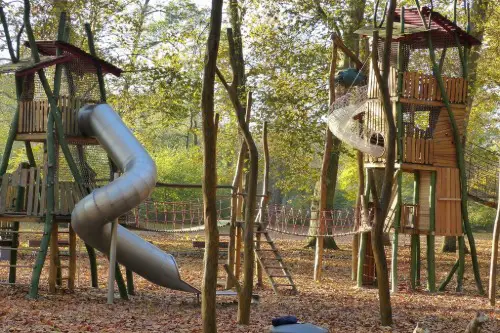
Those towering metal slides from the ’70s were basically launch ramps in disguise. They’d heat up like frying pans in the sun and eject kids like cannonballs onto hard-packed dirt. After decades of injuries, burns, and lawsuits, playground equipment underwent a major safety makeover. Now, slides are made of plastic, placed low to the ground, and surrounded by rubber mulch.
The safety is a win, no doubt—but the thrill is gone. The new slides often feel more like slow-moving conveyor belts than gravity-fueled rides. Kids today don’t get that stomach-lurching rush we all remember. They’re safer, cooler to the touch, and, sadly, boring.
3. Easy-Bake Ovens
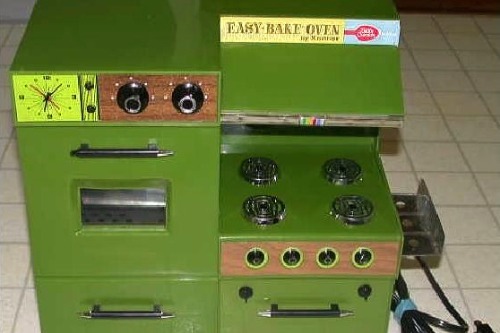
Once a staple of childhood kitchen play, the original Easy-Bake Oven used an actual incandescent light bulb to bake tiny cakes. That bulb could hit 350°F and had a habit of scorching little fingers. After recalls and injuries in the 2000s, Hasbro redesigned it to use a dedicated heating element with improved insulation. Safety improved, but the cooking time ballooned and the charm faded.
Now, the “baking” experience is more like watching paint dry. The magic of cooking with a light bulb—something that felt secret and clever—is gone. The modern version is more toy than appliance, and many kids quickly lose interest. Parents love the safety, but kids miss the spark that made it feel special.
4. Toy Guns

In the 1950s and ’60s, toy guns looked exactly like the real thing, down to the weight and metallic click. Unsurprisingly, this led to tragic police shootings and public panic. By the ’90s, federal regulations mandated orange tips and unrealistic colors to make them clearly identifiable as toys. The result? Much safer toys, but they’ve lost all the realism that made them thrilling.
Modern toy guns are often molded in neon colors with exaggerated designs. While this prevents real-world confusion, it also strips away the immersive play that kids once enjoyed. Roleplaying as a cowboy or secret agent feels less believable with a lime-green blaster. It’s a small price to pay for safety, but a noticeable one.
5. McDonald’s Apple Pies
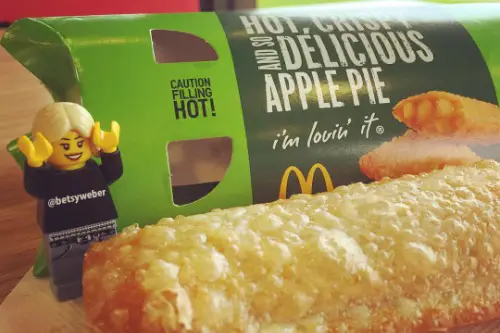
McDonald’s deep-fried apple pies were once lava-hot icons of fast food danger. People regularly burned their mouths on the molten filling, but they kept coming back for that perfect combo of crisp crust and gooey center. In the ’90s, McDonald’s switched to baking them instead, citing health concerns. The new pies are safer and lower in fat, but they’re also kind of… forgettable.
The baked version lacks the crispy, greasy crunch that gave the original its cult status. It’s still technically a pie, but it no longer has the same satisfying bite. Fans mourned the change, and some international McDonald’s locations still fry theirs. In the U.S., though, it’s safety first—flavor second.
6. Kinder Surprise Eggs
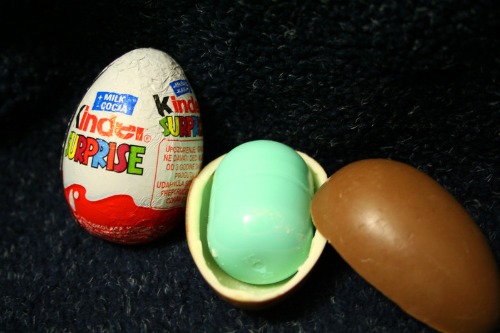
These chocolate eggs with hidden toys inside have delighted kids around the world since the 1970s—but not in the U.S. That’s because a 1938 law prohibits embedding inedible objects inside food, due to choking hazards. So instead of getting the classic surprise-filled egg, Americans get a “Kinder Joy,” which splits into two halves: one for the toy, one for the snack. Technically safer, but a lot less fun.
Part of the magic was cracking the chocolate open to discover the surprise yourself. Now it’s like someone already opened your birthday present and repackaged it in a plastic cup. The new format lacks both suspense and whimsy. American kids are safer, sure, but they’re also missing out on a global treat the way it was meant to be experienced.
7. Lawn Darts

Lawn darts were once the highlight of backyard barbecues—until they started embedding themselves in people’s skulls. In the 1980s, after dozens of serious injuries and a few tragic fatalities, the Consumer Product Safety Commission banned the real-deal metal-tipped versions. Today’s “safety darts” come with soft tips and wide plastic fins that can’t pierce anything harder than a marshmallow. They’re safer, yes—but they’ve also lost their edge, literally and figuratively.
The modern versions barely arc through the air, making the game frustratingly tame. It’s more like a game of bean bag toss now, just with more aerodynamic disappointment. Parents can rest easy, but nostalgia seekers miss the excitement (and danger) of the originals. You can still find old sets online, but they’re banned from sale in the U.S. for good reason.
8. Gas Cans
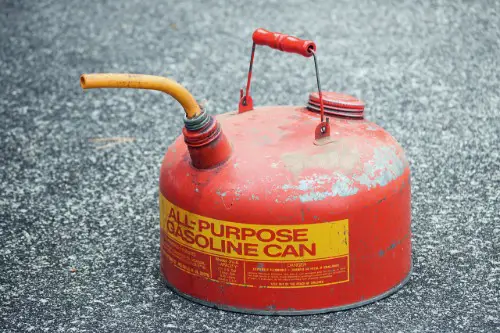
Older gas cans were simple: open, pour, done. The introduction of “spill-proof” nozzles in the early 2000s aimed to reduce fuel vapor emissions and accidental spills. Ironically, they made gas cans harder to use, more prone to spillage during operation, and endlessly frustrating. Safety went up, usability plummeted.
Many users now jury-rig their cans or buy spouts separately to avoid dealing with awkward buttons and stiff valves. There are entire YouTube channels dedicated to bypassing these new designs. It’s a rare case where solving one problem created three new ones. Safer for the environment, but maddening for anyone just trying to mow the lawn.
9. Paint Strippers
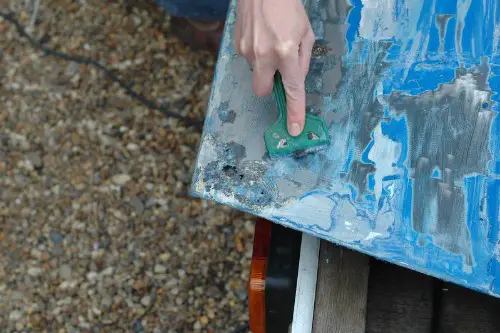
Old-school paint strippers like those with methylene chloride were brutally effective—and dangerously toxic. The fumes could cause dizziness, organ damage, or worse, and some tragic fatalities led to a federal ban on consumer use in 2019. Modern replacements are much less hazardous, often based on citrus or soy. But they also take longer, require more scraping, and just don’t work as well.
Professionals and DIYers alike noticed the drop in performance. Projects that used to take an afternoon can now stretch into days. You’re less likely to end up hospitalized, but more likely to give up halfway through. It’s a trade-off: breathing easier, but sweating more.
10. Bleach
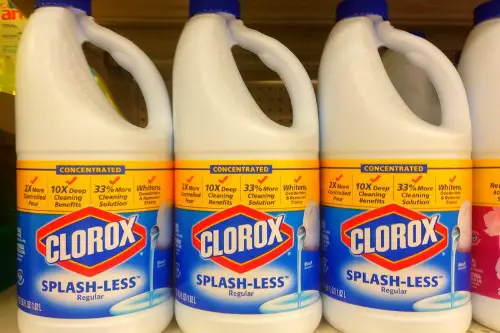
Household bleach has long been a go-to for whitening clothes and disinfecting surfaces. Over the years, manufacturers have diluted it and added thickeners or scents to make it safer and more consumer-friendly. That’s great for peace of mind—but the weakened formulations are less effective at heavy-duty cleaning. In many cases, you have to use twice as much to get the same result.
The newer products also foam more and rinse less cleanly. While your nose may thank you, your grout might not. It’s still bleach, but it’s been defanged. Safe for frequent use, but a shadow of its potent former self.
11. Crayola Chemistry Sets
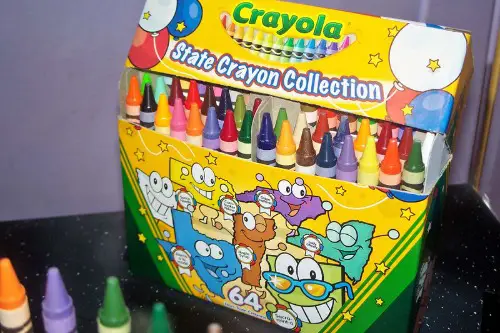
Crayola tried to bring STEM fun to the masses with branded chemistry sets aimed at younger kids. To avoid liability and mess, the kits focused on color mixing and fizzing reactions using food-grade ingredients. Parents loved the no-hassle approach, but older kids quickly got bored. There’s only so much magic in watching colored water change shades.
The sets promised chemistry, but delivered more like preschool tie-dye. Safe and easy? Yes. Engaging for budding scientists? Not really. The kits are more about branding than actual experimentation.
12. Push Mowers
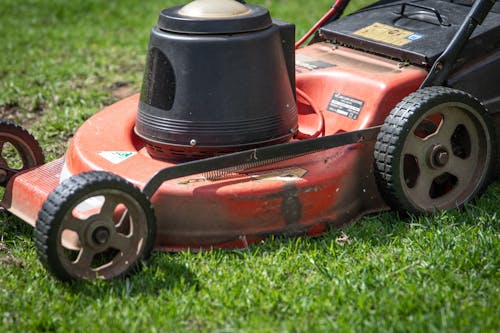
Push mowers used to be simple, blade-and-wheel contraptions with no motor and very few moving parts. Over time, safety regulations added blade brakes, shields, and safety levers to protect users from injury. While all these additions make them safer, they’ve also made many push mowers bulkier and harder to maneuver. Some safety features are so sensitive that the mower shuts off at the slightest grip change.
The simplicity that once made them reliable has given way to complexity that frustrates users. Many homeowners now find themselves restarting the mower every few feet. Yes, fingers are safer, but sanity is stretched thin. The elegance of the old designs is gone.
13. Bubble Wrap
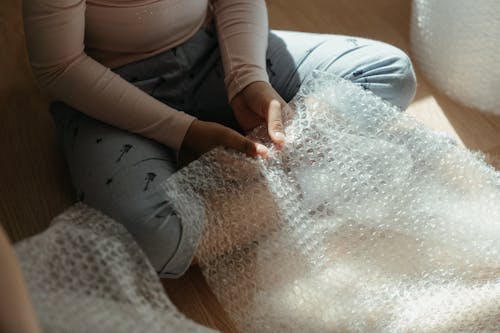
Popping bubble wrap was once the world’s cheapest therapy. But to cut down on plastic waste and reduce shipping costs, many companies have switched to non-poppable air pillows or inflated sheets with connected air chambers. They cushion just fine, but they rob us of that sweet, satisfying pop. No more popping each bubble while zoning out on a stressful day.
The new version is more sustainable and space-saving, but entirely less fun. You can’t even crush it in your hands without feeling like you’re smashing a plastic bag of sadness. This wasn’t just packing material—it was a toy in disguise. Now it’s just… practical.
14. Dish Soap
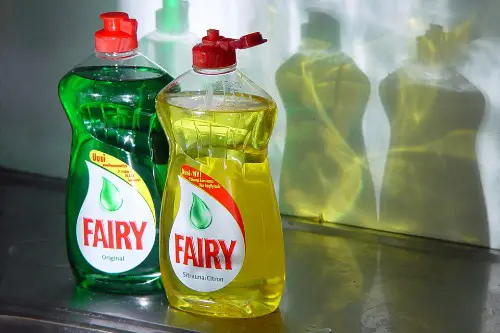
Modern dish soaps are formulated to be gentle on skin, environmentally friendly, and biodegradable. That’s great news for your hands and for aquatic ecosystems. But the trade-off? Many just don’t cut grease like they used to.
The harsher old formulas were brutal on grime and clung to oil like a grudge. Now you sometimes need multiple rinses to get the same results. They smell better, and your hands won’t crack in the winter—but you’ll be scrubbing longer. Clean conscience, dirty dishes.
This post 14 Products That Got Safer, Cleaner, and Somehow Completely Useless was first published on American Charm.


